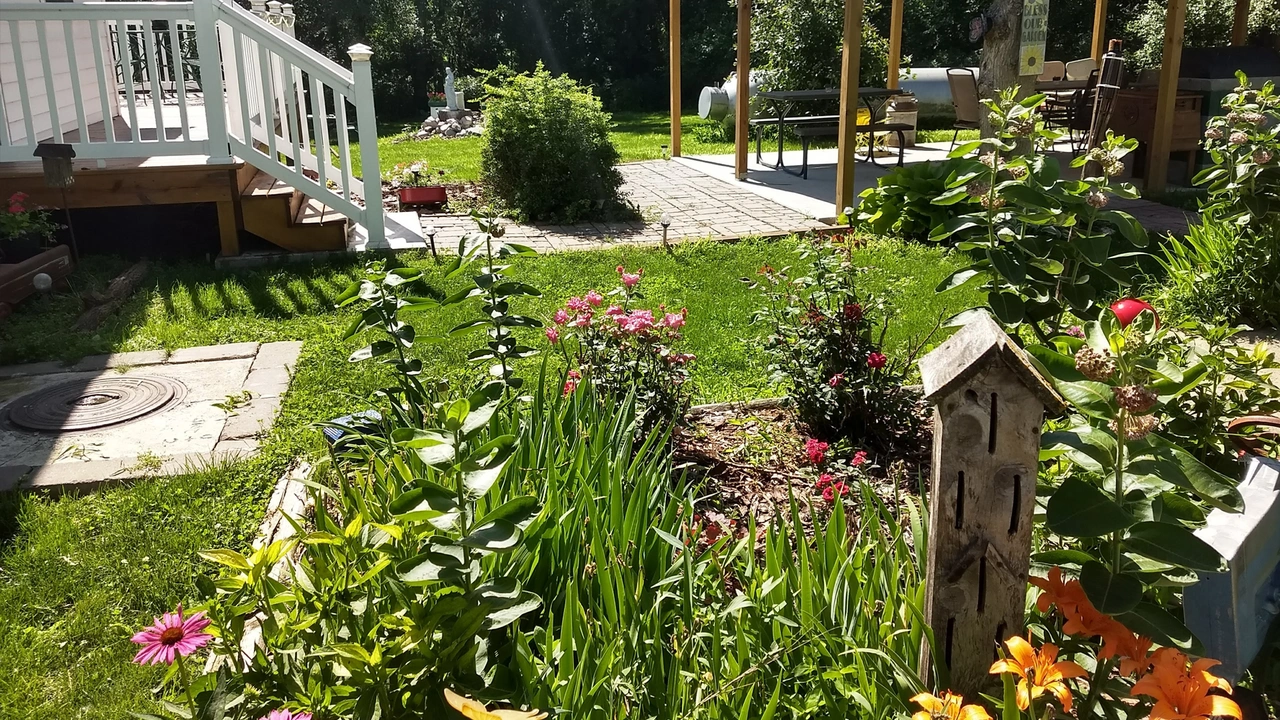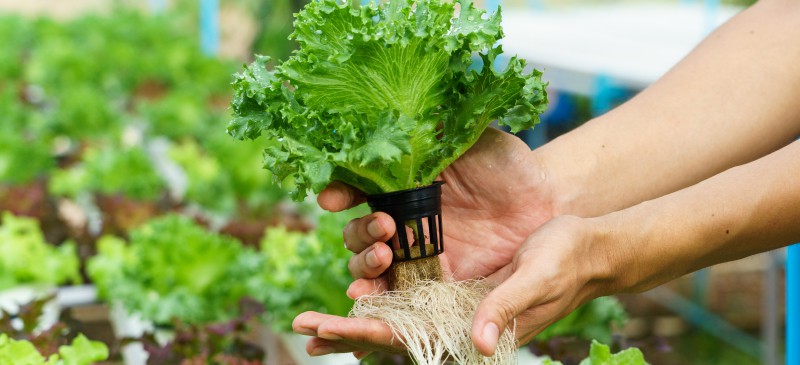The universe of bugs and insects is tremendous. So tremendous that I was unable to name every one of them. Yet, trust me, you will get to know a couple of them once you begin planting. So to save you researching ‘What is this?!’ or ‘Help, something is eating my brassicas!’ I figured I would pop a rundown together of what you can expect and how to welcome beneficial insects into your space. I will do one more rundown on normal nursery nuisances and how to detect them one more day.
Beneficial Insects:
Hoverflies:
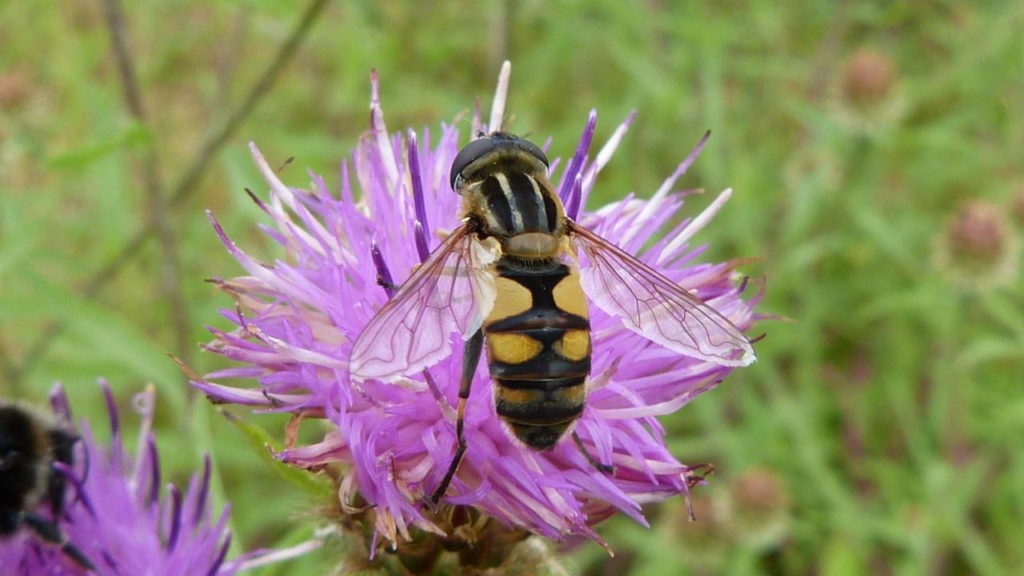
You might have seen a hoverfly previously and confused it with a wasp. They are many times a lot more modest, don’t sting and can fly at around 40 km each hour. The grown-up benefits from dust and nectar and brings forth the best predators around. If you have any desire to dispose of aphids, welcome hoverflies into your nursery. They are productive pollinators and be super useful.
Plants that attract them: yarrow, dill, universe. mallow, poached egg plant, lemon medicine, marigold, alyssum.
Ladybirds:
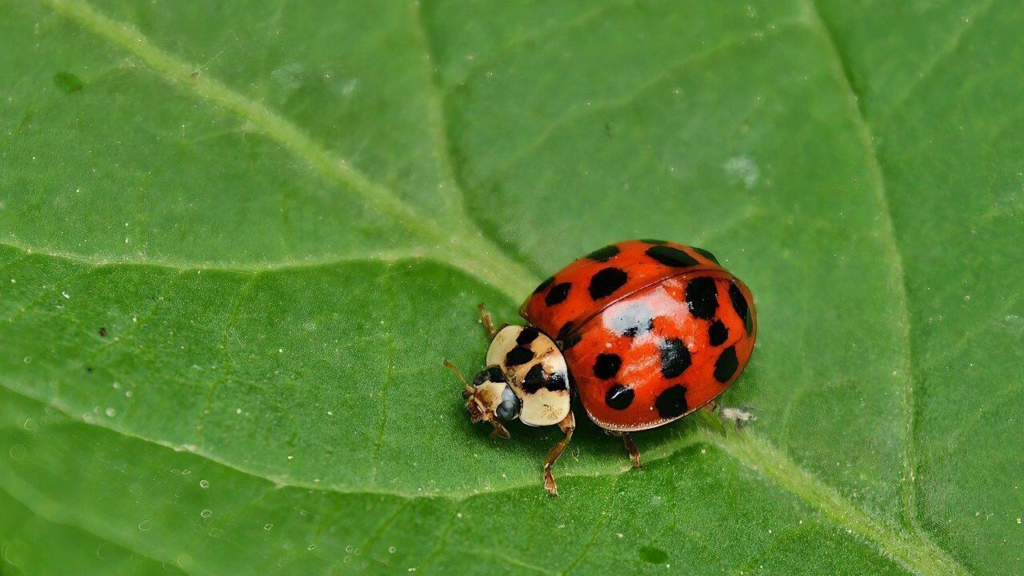
Ladybirds are really creepy crawlies. They are carnivores that feed on aphids, dark fly and red bug vermin. Individuals are so frantic to bring them into their nursery, that they request boxes of them by post. Last year, the cost of ladybirds soar. Ladybirds lay many eggs in aphid settlements and when they hatch, the hatchlings can eat upto 5,000 aphids. Something you’d need in your nursery right?
Plants that attract them: fennel, yarrow, alyssum, tansy, caraway, calendula, coriander, dill, angelica, chives.
Parasitic Wasps:

I actually recollect my cultivation tutor showing us a video of these, startling. They don’t sting, however they do lay their eggs on different insects and bugs. The bugs then hatch and eat the bug from the back to front. They are immense in america and tend to lay their eggs on something many refer to as a hornworm, find it, it’s captivating. Unfortunately, however much their life cycle is a piece horrifying, they are profoundly important. They kill huge quantities of nursery bothers, from brassica eating caterpillars, sawflies, aphids and subterranean insects.
Plants that attract them: dill, mallow, universe, lobelia, alyssum, marigold, yarrow, cinquefoil.
Lacewings:
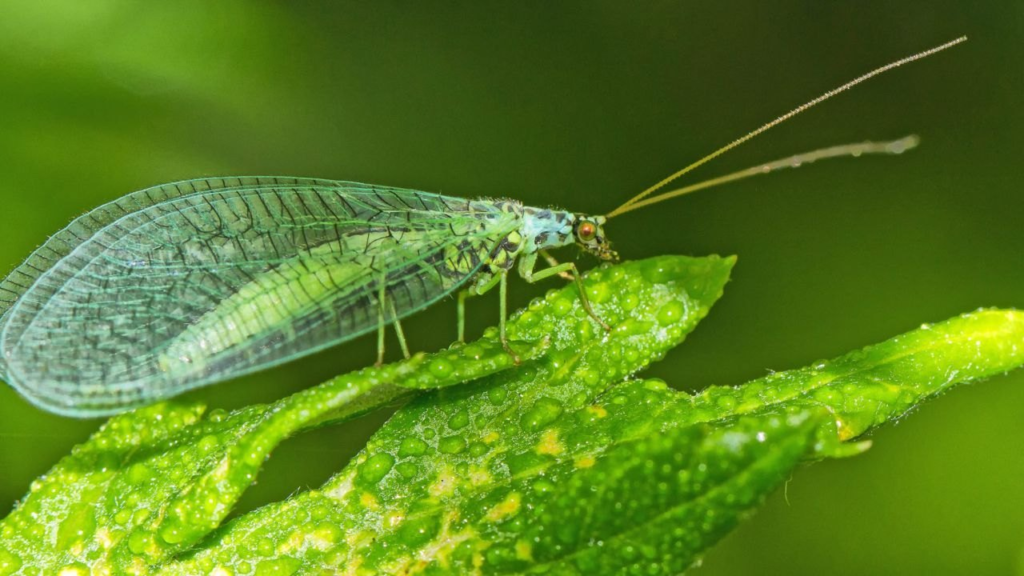
Lacewings are exceptionally normal and can be perceived by their straightforward ribbon like wings. They are insatiable eater of aphids and bug eggs. I will not make sense of what happens when they eat them, it’s really terrible. Unfortunately, an extraordinary expansion to your nursery. Incredibly lovely too!
Plants that attract them: dandelion, universe, fennel, coriander, yarrow, dill, angelica.
Singular Honey bees:
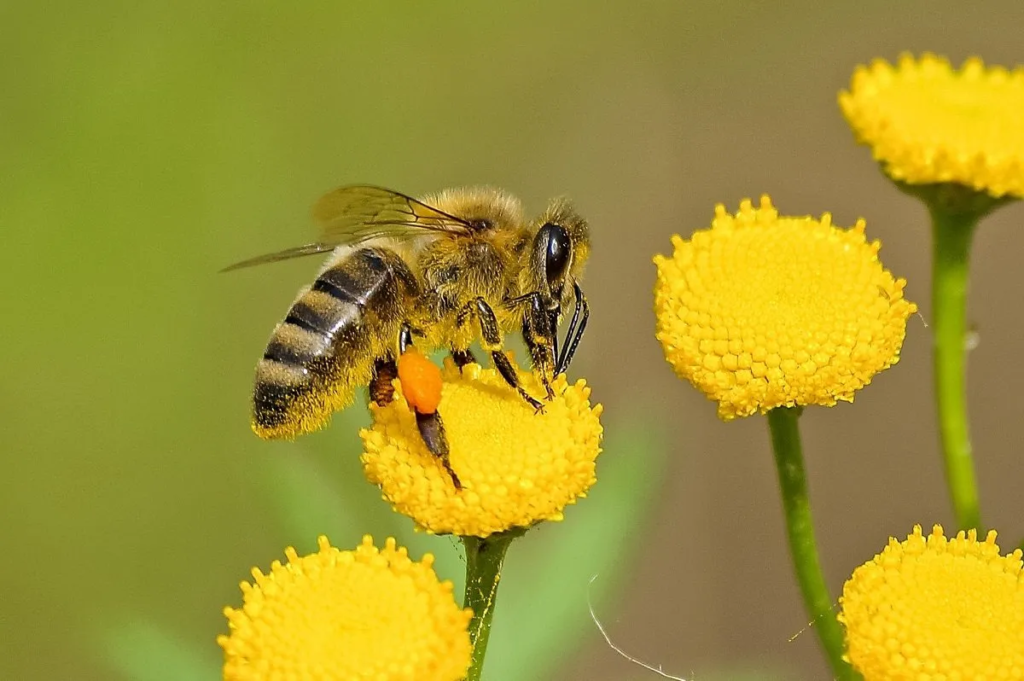
Everybody generally imagines that you ought to attract bumble bees to your nursery, yet countless them implies that wild honey bees endure. They seek dust and nectar, which is fine in the event that you have huge measures of blossoms. In any case, on the off chance that you just have a little space, lone honey bees are better. There are more than 200 types of single honey bee in England and they are massively beneficial insects.
Plants to attract them: lavender, fuschia, marjoram, catmint, viburnum, allium, bergamot, foxgloves, globe artichoke.
Butterflies and Moths:

In spite of the fact that butterflies and moths birth the absolute greatest plant munchers around (caterpillars), they are very perfect to have in the nursery. They are wonderful and occupied pollinators and there are more than 2500 species in England. On the off chance that we didn’t have them, we wouldn’t attract one of their greatest preys…birds. Birds eat a huge number of caterpillars every year, which we need.
Plants to attract butterflies: buddleia, marjoram, verbena, perpetual loner.
Plants to attract moths: jasmine, honeysuckle, night scented stock, sweet rocket, evening primrose.
Ground Insects:

At any point moved a pot and an insect has slithered out? That is on the grounds that these nighttime predators like the shade. They eat a pile of slugs and snails by showering them with a substance that makes them more fluid. Gross right? Makes me consider I’m a VIP milkshakes. You truly need them in your nursery as natural irritation control.

